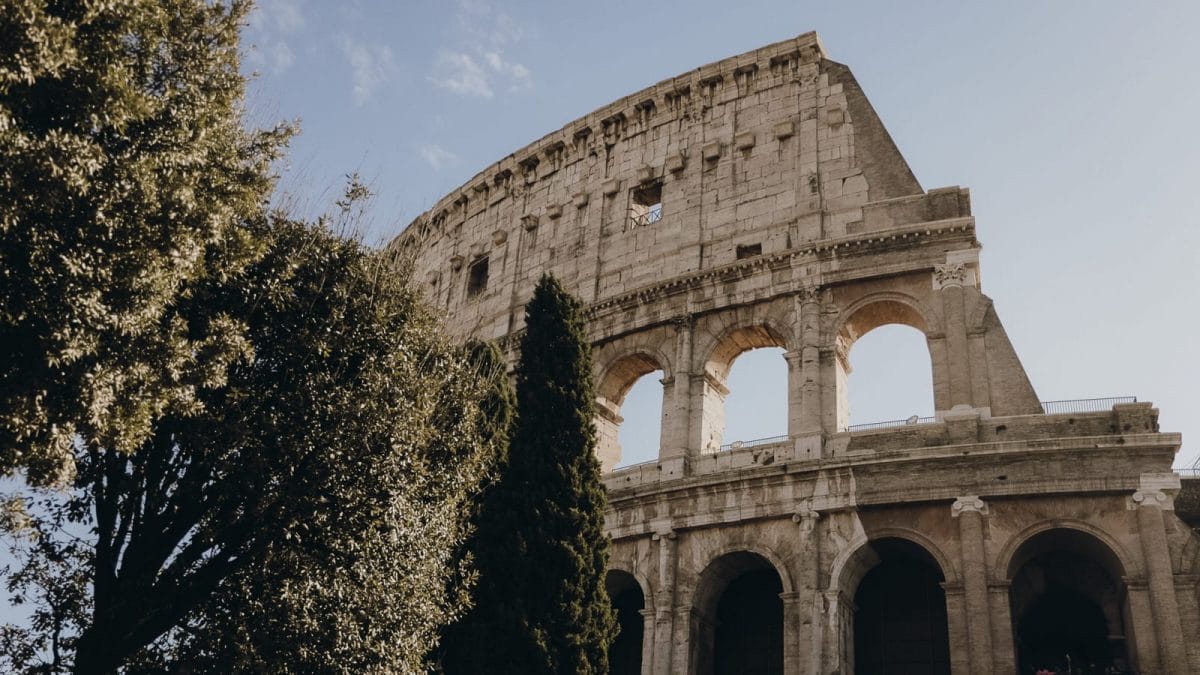
Stress-Free Strikes: 8 Tips for Handling Strikes in Italy
June 26, 2023
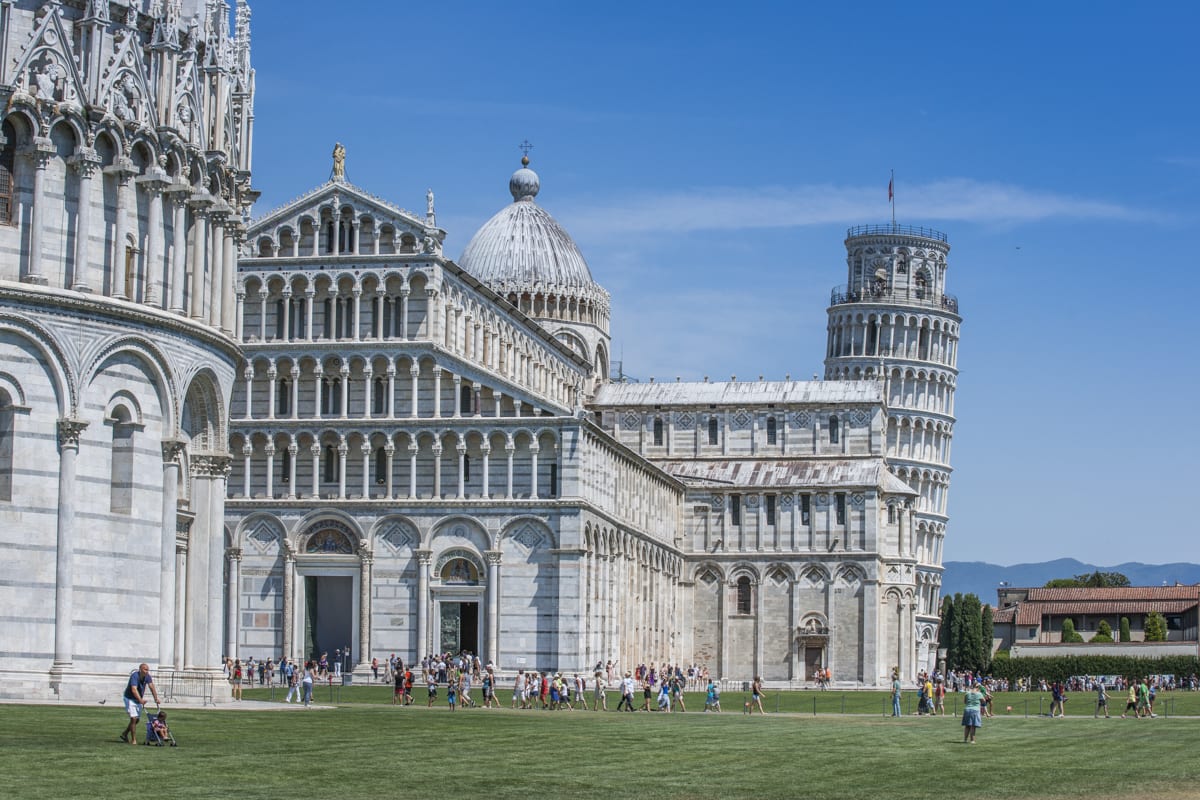
Strikes in Italy can make your trip go a little lopsided – and not in a quirky, photo-op-worthy way! Never fear, we’ve got 8 tips to keep you covered.
Strikes are so common in Italy, the word for them—sciopero—is one of the first Italian words we learned. If you’re in Italy for a week or two, you probably won’t encounter a strike. But since it can wind up throwing a real wrench in your plans, it’s best to be prepared.
The good news? Even though strikes in Italy are more common than back home, some things about them make Italian strikes a little easier to deal with.
When dealing with—or planning for—strikes in Italy, here are eight tips to keep in mind.
Table of Contents
TogglePlan ahead with travel insurance
If you haven’t already, it’s worth considering taking out a travel insurance policy on your trip. However, choose your policy carefully – many don’t offer cover in case of “industrial action,” like strikes. Make sure yours does.
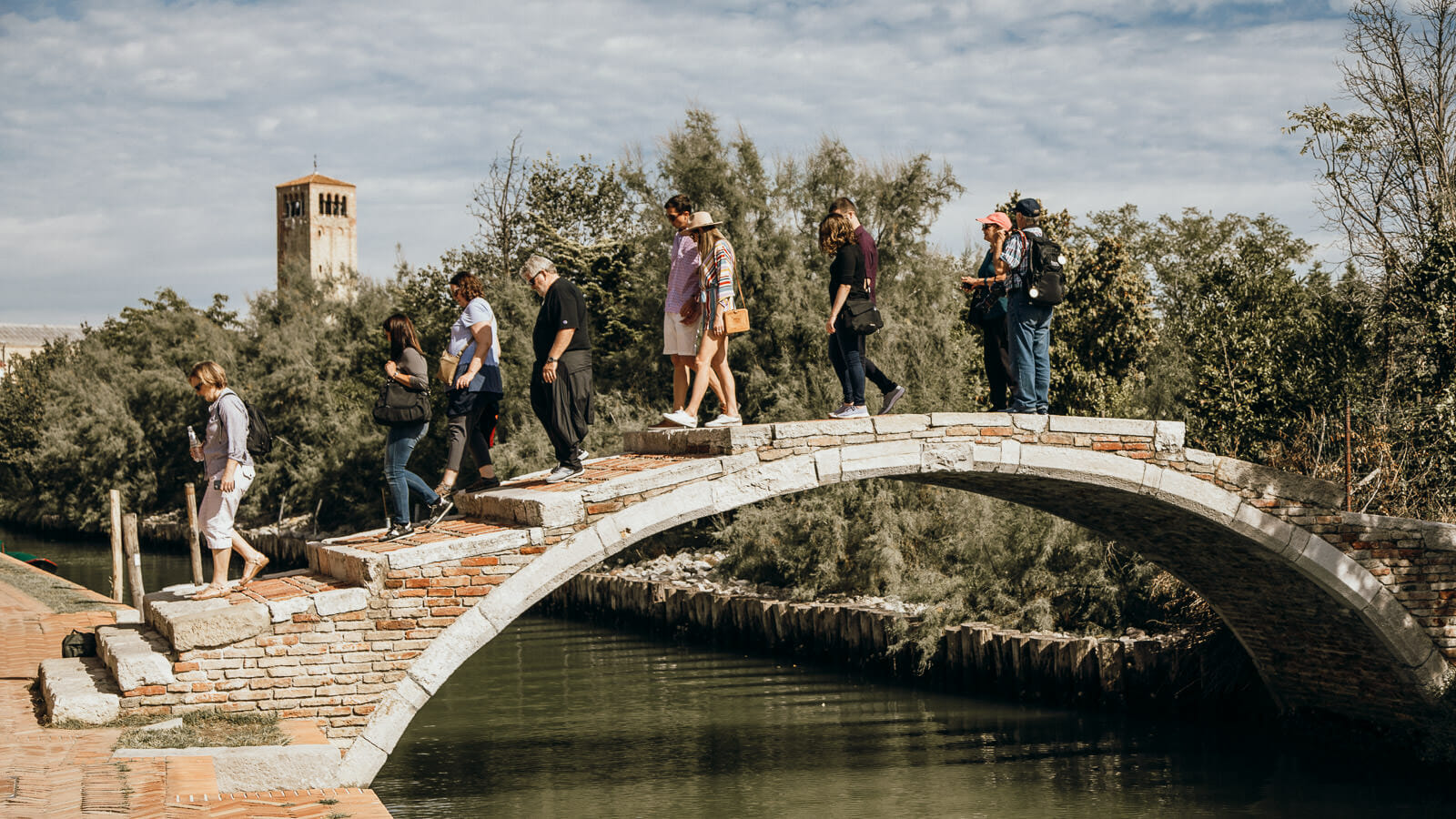
Don’t let your dream vacation be negatively affected by a strike – plan accordingly by buying comprehensive travel insurance.
Keep your eyes open for news of a strike
In Italy, strikes tend to be (but aren’t always!) announced in advance. The easiest way to stay informed for an English speaker, therefore, is to ask at your hotel if any strikes are expected while you’re there.
Otherwise, information about when and where any planned transport strikes are occurring usually posts on the screens in metro stops and on buses. If you’re in Rome and have internet access, upcoming news of transport strikes also show up on the home page of the ATAC Rome site; for the train, check the Trenitalia site. (Each Italian city will have their equivalent, too.)
Strike vocabulary to know
Words to look out for include not only “sciopero” (strike), but also “manifestazione” and “dimostrazione” (demonstration), which also often affect transport. Also be alert for “sospeso” or “sospesa,” meaning “suspended” (as in “linea sospesa,” suspended line).
If you have a smart phone, this is even easier. You can also search for “sciopero” to see if there’s news of a strike trending in Italian.
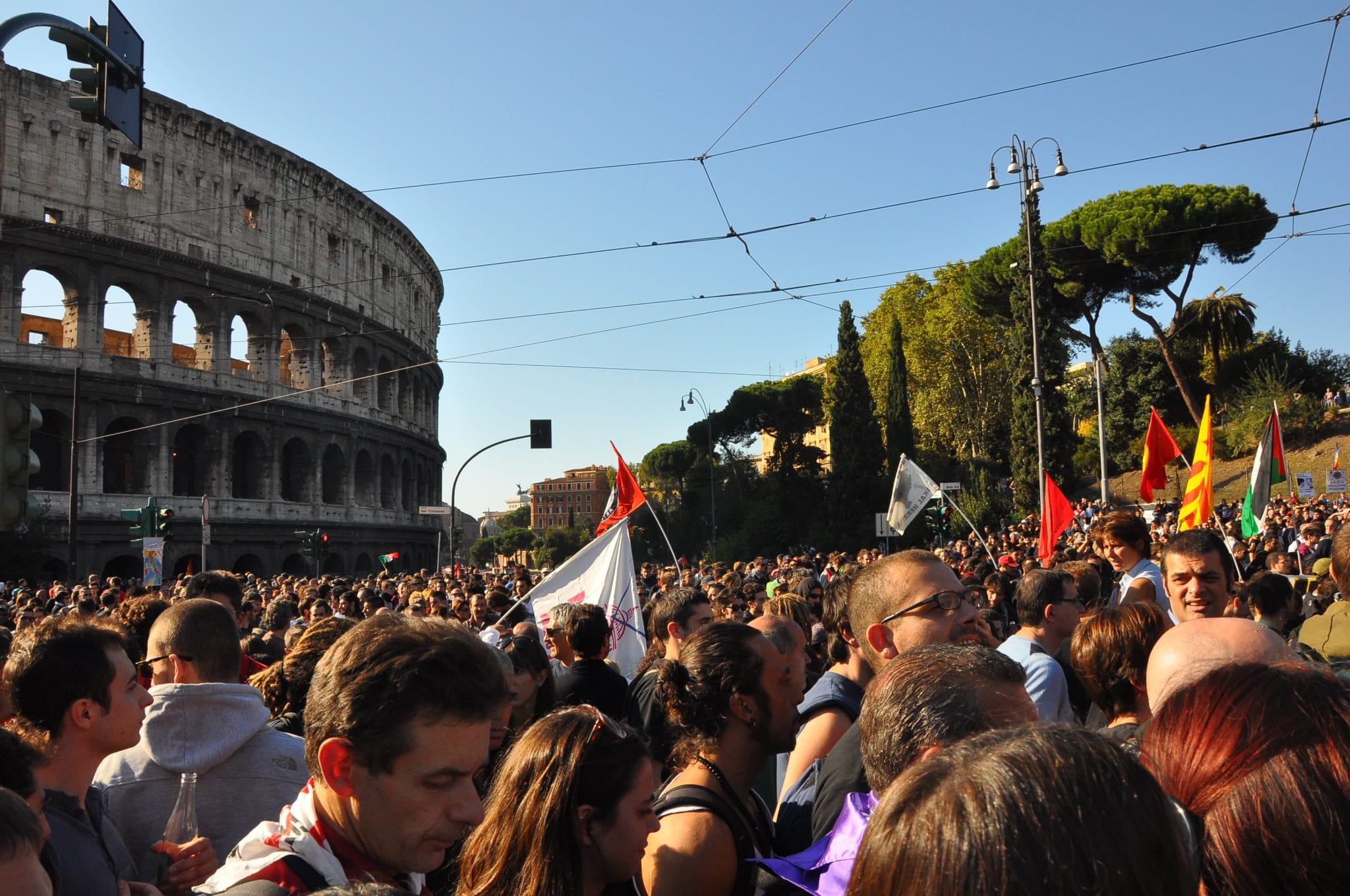
If something like this is going on, you can bet there will be public transport issues.
Recognize when a strike is happening
Sometimes, it’ll be pretty obvious: No one will be at a normally-popular bus stop and you won’t see a single bus go by for 15 minutes, or the metro station will be closed.
But sometimes, a strike affects, say, only some lines of national trains. In that case, at the train station, look for the train you’re planning to take on the list of departures. If it says sospeso, again, that means “suspended”—not running.
Even on transport strikes, you can still use some public transport
Making things easier, Italian strikes also have breaks. Even the worst local transport strikes will call it off over rush hour—meaning that you usually can still take a metro, tram or bus from 6am-9am and again from 6pm-9pm, Mondays through Saturdays.
Particularly popular long-distance train routes, meanwhile, also continue during strikes in Italy.
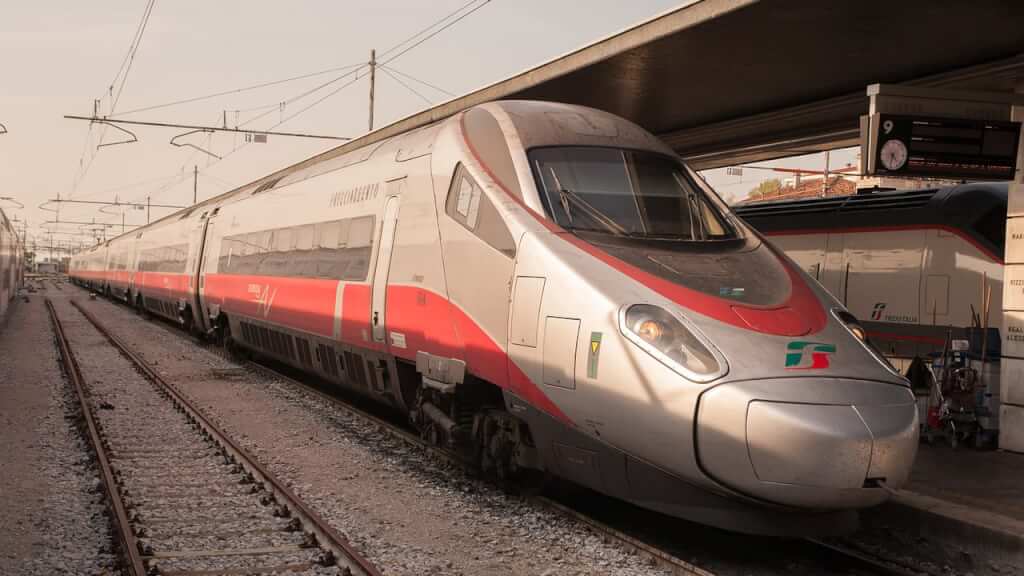
You’ll often be able to catch your long-distance train – even if there is a strike going on.
Remember that Italian strikes are short
So there’s a strike. The good news: As annoying as a strike is, it’s usually very temporary. Strikes here aren’t like they are back home, where locals strike and strike until they get what they want. Instead, strikes in Italy usually last for a day, maybe two, tops.
Don’t count on taxis
During a transport strike, everyone will try to take a taxi, so it’ll be all but impossible to get your own. Whenever possible, walk.
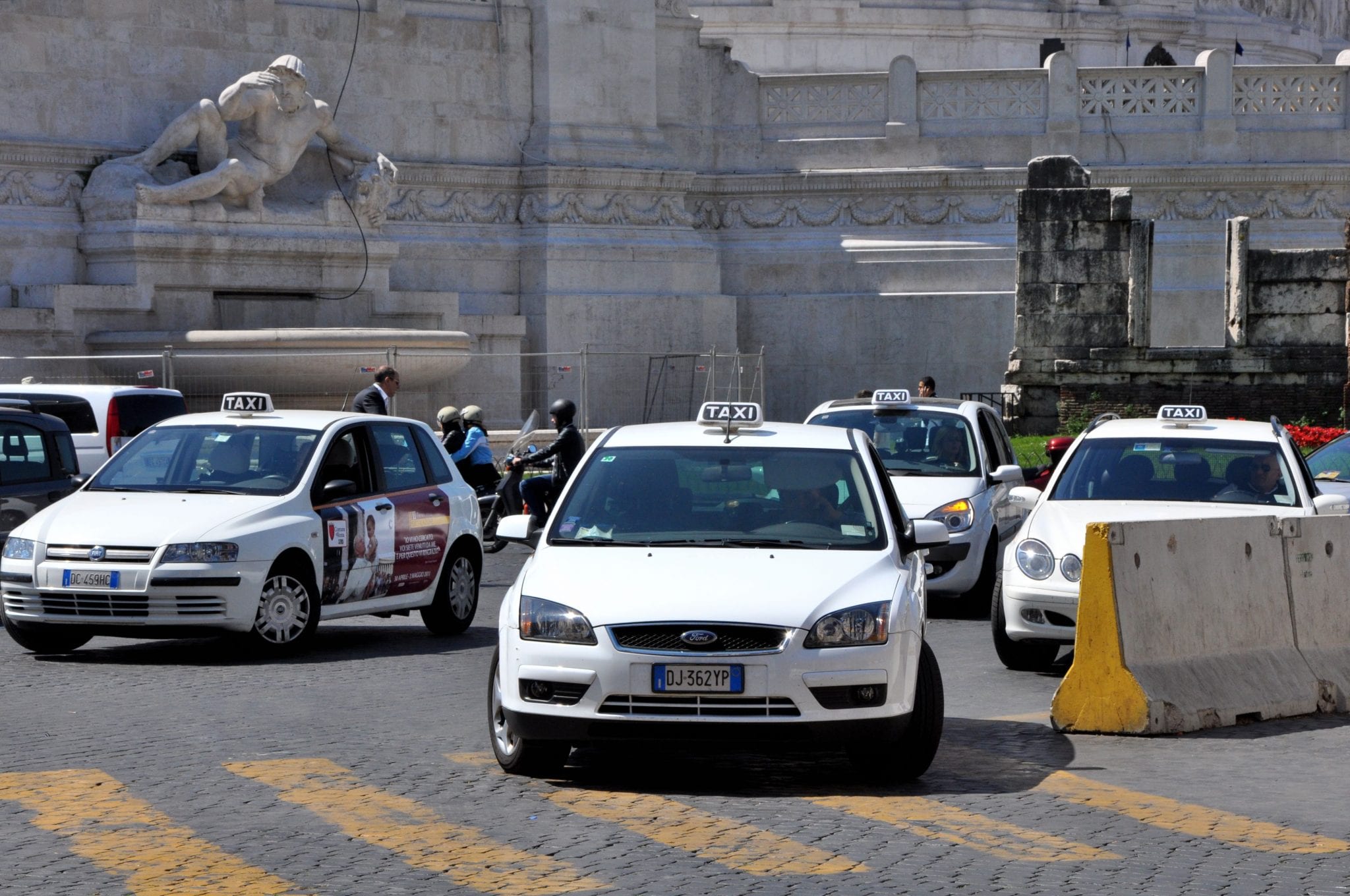
Transport strikes in Italy? Don’t count on taking one of these guys.
Sometimes, museums and sites will be closed, too
Some strikes involve museums and archaeological sites. And that can be a bummer.
But a couple of things are worth remembering. First, it’s rare that all of the city’s sites and museums will be closed. Various groups (say, the city versus the nation versus a private corporation) run various sites. So even if all nation-run sites Rome are closed, like the Forum and Colosseum, municipal museums, like the Capitoline Museums, Trajan’s Markets, and Ara Pacis, may well be open. That’s not to mention, of course, all of the churches, piazzas, fountains, restaurants, and shops there are to visit.
Second, take heart that the sites probably will reopen the next day.
And third, if you’ve booked a tour of one of a site that’s been closed with Walks of Italy, know that we’re working our hardest to rearrange schedules. We’ll never simply cancel a tour on you, but always work to make sure that we can make what you’ve booked, happen!
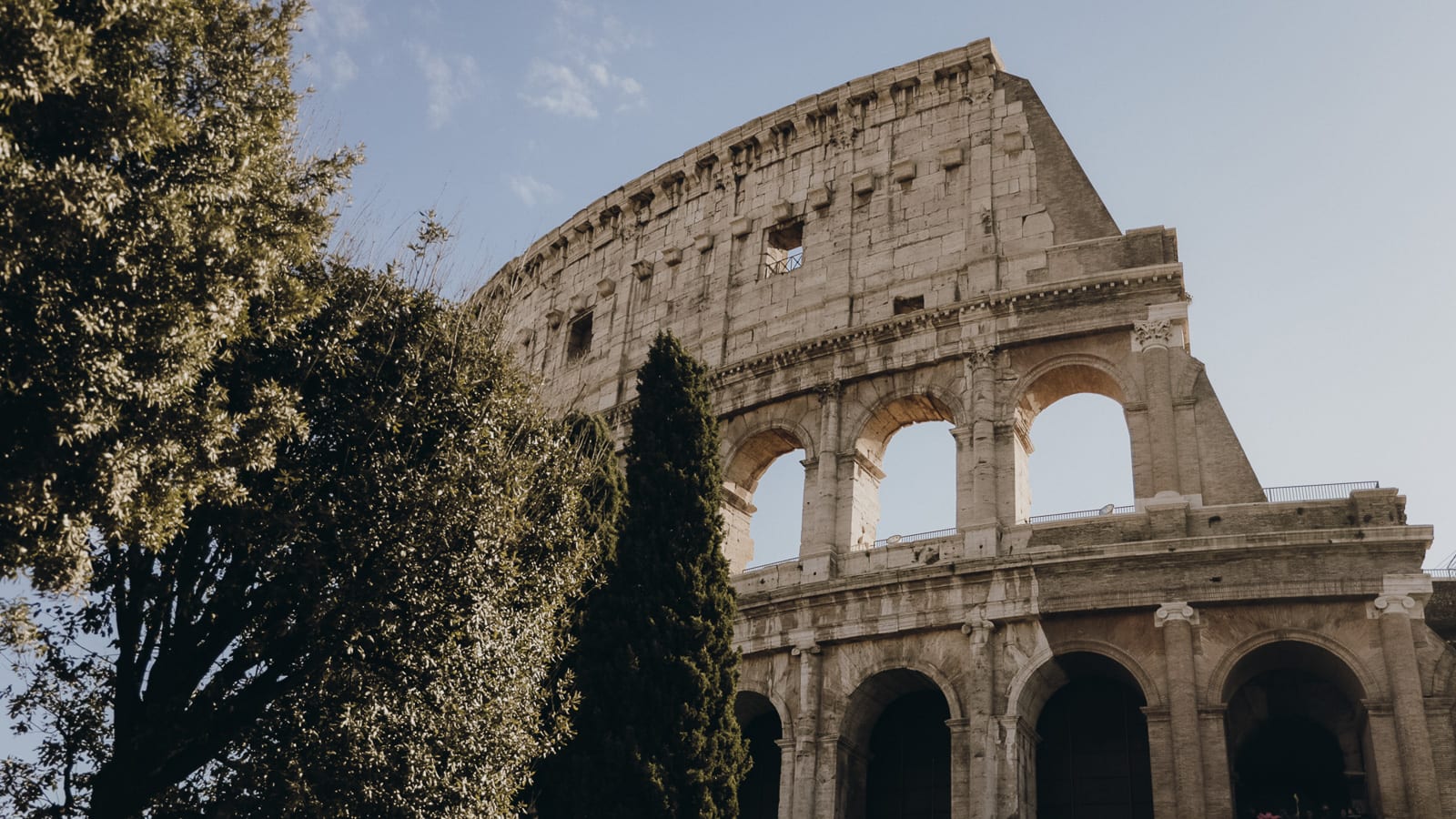
It’s disappointing, but sometimes a transportation strike in Rome can mean the difference between seeing the Colosseum from the inside – or only from the outside.
The Vatican isn’t Rome
This tip is Rome-specific, but note that strikes are common in Rome. However, if you hear of a strike in Rome, remember that that does not mean the Vatican. The Holy See is a separate country, and so unless it’s an extraordinary and coordinated circumstance, its offerings—mainly the Vatican museums and St. Peter’s Basilica—will be open.
by Matteo M.
View more by Matteo ›Book a Tour

Pristine Sistine - The Chapel at its Best
€89
1794 reviews

Premium Colosseum Tour with Roman Forum Palatine Hill
€56
850 reviews

Pasta-Making Class: Cook, Dine Drink Wine with a Local Chef
€64
121 reviews

Crypts, Bones Catacombs: Underground Tour of Rome
€69
401 reviews

VIP Doge's Palace Secret Passages Tour
€79
18 reviews

Legendary Venice: St. Mark's Basilica, Terrace Doge's Palace
€69
286 reviews









